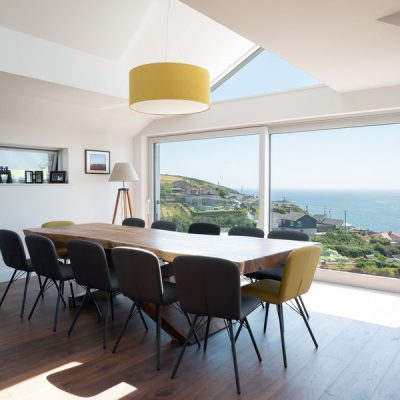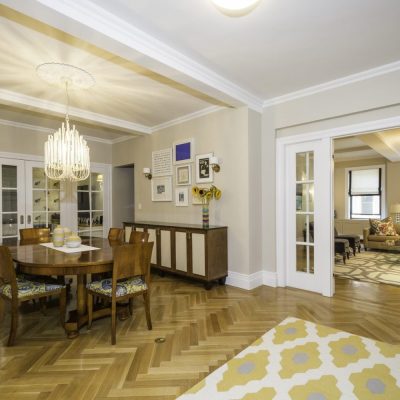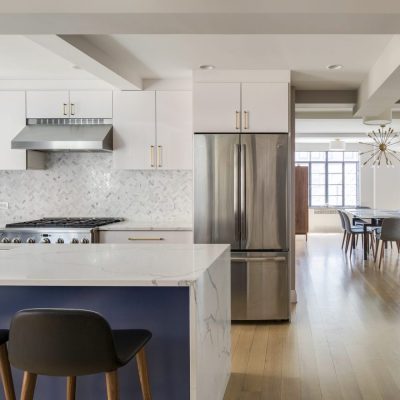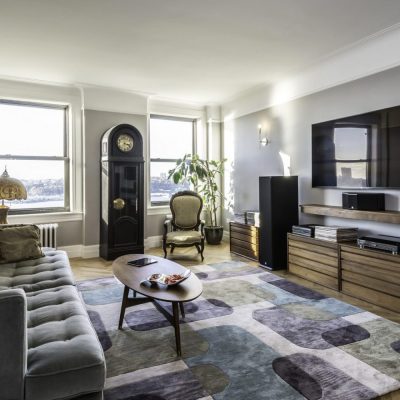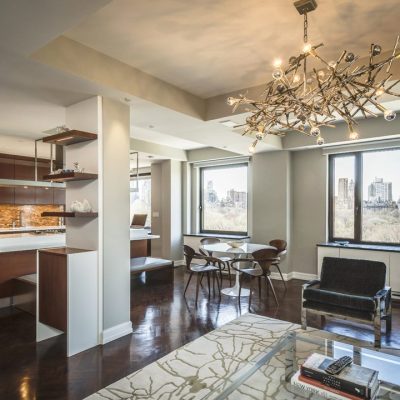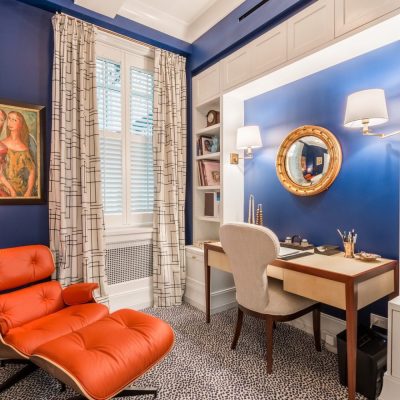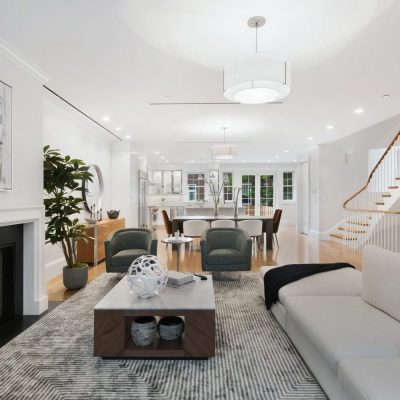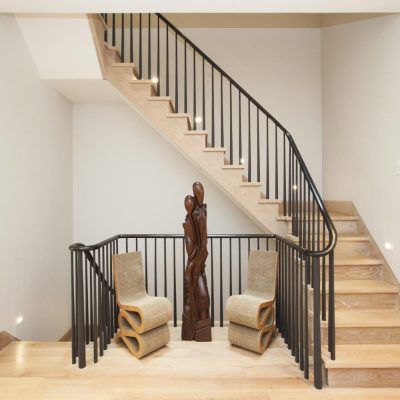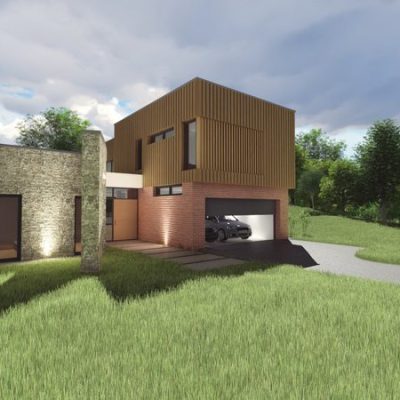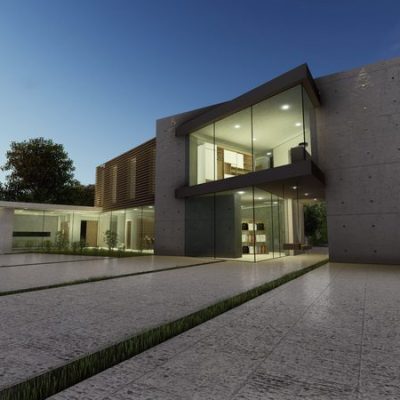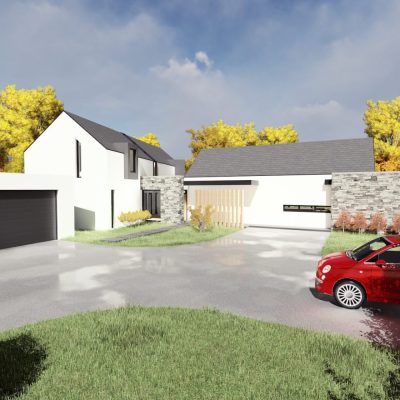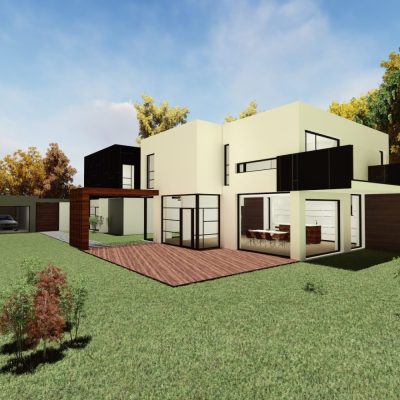What is Local Law 11/FISP?
New York City Local Law 11 requires a Façade Inspection & Safety Program (FISP) for the protection and safety of the public from unmaintained buildings.
The law and inspection program resulted from the tragic death of Grace Gold in 1979, when a piece of masonry killed Grace at Columbia University.
Who Qualifies for FISP?
The FISP program requires NYC buildings that are higher than six (6) stories to have their exterior facades, balconies, and other appurtenances inspected every five (5) years by a Qualified Exterior Wall Inspector (QEWI).
How Does FISP Work?
Register
Owners of buildings above six stories must register their building with the Department of Building’s (DOB) façade unit. Registration and reporting can be completed on DOB’s online portal, DOB Now: Safety.
Hire a QEWI
Hire our CEA Architects QEWI, to inspect your building and submit the FISP report with the DOB. The QEWI will provide you with a proposal for the work.
The QEWI will need your FISP report from the previous cycle before inspecting the building for the new cycle.
Access
Access will be required for a QEWI to perform the FISP inspection. FISP inspections require 1-2 hands-on inspections on street-facing facades and will need inspection at facades facing areas residents or the public access, such as courtyards. Sometimes inspections can be done by existing fire escapes, however oftentimes additional access will be required. The owner will need to hire a contractor to provide scaffolding for the inspection. The QEWI can assist the owner with getting a scaffolding proposal from a contractor. An alternative for some buildings is utilize rope access instead of scaffolding (learn more here).
FISP Examination and Report
The FISP Critical Examination consists of visual observations of all exterior walls, with additional close-up examination of at least one representative full-height portion of a street-facing façade. The QEWI determines the necessary extent of the examination. The examination also includes all balconies, railings, fire escape stairs, and any other appurtenances on the building’s façades. The close-up examination can be performed from a suspended scaffold, house rig, boom lift, or other viable means of access. The rigger would need to file a CD5 Application with the NYCDOB to permit use of a suspended scaffold.
Based on the findings of the examination, the QEWI’s Critical Examination report classifies a building’s façades into one of three categories:
SAFE: The building’s façades do not have any conditions that would cause them to be classified as SWARMP or UNSAFE. A SAFE classification means that, in the judgment of the QEWI, the building will not become UNSAFE during the next five years.
Safe With Repair and Maintenance Program (SWARMP): The building’s façades have at least one condition which, although SAFE at the time of the inspection, if not repaired within a the timeframe specified by the QEWI, may deteriorate into an UNSAFE condition. If a SWARMP condition is not addressed prior to filing the next cycle’s report, it automatically becomes an UNSAFE condition in that next cycle.
UNSAFE: The building’s façades have at least one condition which is either an immediate hazard to the public or, if not repaired within 12 months, will pose a hazard to the public. If an USAFE condition is observed that is hazardous at the time of the inspection, the QEWI must notify the NYCDOB and the owner immediately using a FISP-3 (Notification of Unsafe Conditions) Form. The owner is obligated to install measures to protect the public, such as a sidewalk shed.
UNSAFE conditions are expected to be repaired within 30 days, however, a series of time extensions, each up to 90 days, is usually granted by the NYCDOB if an owner is making a real effort to address the conditions. Requests for extensions of time are made using FISP-1 (Initial Extension of Time Request) and FISP-2 (Additional Extension of Time Request) Forms.
When an UNSAFE report has been filed, the NYCDOB will usually send an inspector to verify the extent of the UNSAFE conditions, and confirm that adequate safety measures have been provided to protect the public. The inspector will also look at the progress of the repairs undertaken to address the conditions. Even if the measures are in-place and the work is progressing, the inspector may issue a NYCDOB violation for “failure to maintain.” If protection measures are not in-place, the NYCDOB may issue more severe penalties.

